William Ross Proctor
William Ross Proctor was born April 5, 1863 in New York City. He was one of three children of William Fash Proctor (1826-1902) and Vouletti Theresa Singer (1840-1913). His siblings were Charles Edward and Ada Olive. His mother was one of the children of Isaac Merritt Singer (1811-75), founder of the Singer Sewing Machine Company.
Proctor graduated from the Columbia College School of Mines in 1884 with an engineering degree and moved to Pittsburgh in December of the same year. Shortly thereafter, he began the practice of architecture and also met Elizabeth Singer to whom he was married June 9, 1886. The wedding took place in the grand Allegheny home of the bride’s parents, William Henry and Hester Laird Singer.
While little has been written about Proctor’s architecture career, he appears to have had a successful practice. Research suggests that he was adept in an eclectic array of building types, including residential, commercial, ecclesiastical and public works. He was also skilled in the design of ornamental iron and bronze architectural elements. More than once he beat out a number of more prominent architects for important commissions, including the North Presbyterian Church (1896) and Western Pennsylvania Hospital (1897, unbuilt). The former once stood a block from the Willock House on the southeast corner of Lincoln and Galveston Streets. Other important designs include The Stevenson Building in East Liberty and the Pumping Station on the Allegheny River (off Freeport Road near the Waterworks Mall).
Proctor lived in Allegheny near many of his wealthy clients at 934 Ridge Avenue. For a time he had partners in his practice, with certain commissions being attributed to Proctor & Wass and others to Proctor, Wass & Tufts. For a time, he was also associated with Thorsten E. Billquist, who designed the Allegheny Observatory (1900). Proctor is known to have had offices at various times in the Hamilton Building, the Stevenson Building and at 341 Sixth Avenue.
After his father’s death in 1902, Proctor retired from the architecture profession to take charge of the family estate in New York. He later became a stock broker and special partner in the New York Stock Exchange firm of Barbour & Co. In 1915 he became a special partner in the firm Abbott, Hoppin & Co.
He held memberships in over thirty clubs and societies, among which were the Metropolitan Museum of Art, the Architectural League of New York, the Union League Club, the Society of Colonial Wars in the United States and the New England Genealogical Society. He was Vice President of the New York Genealogical and Biographical Society where he was instrumental in overseeing the construction of their new building in 1929. He died at Harbor Hospital in New York on February 6, 1930 from pneumonia.
For more detailed biographical information about William Ross Proctor, including family trees and historic photographs, see sandpond.org (the source of much of the biographical information above).
